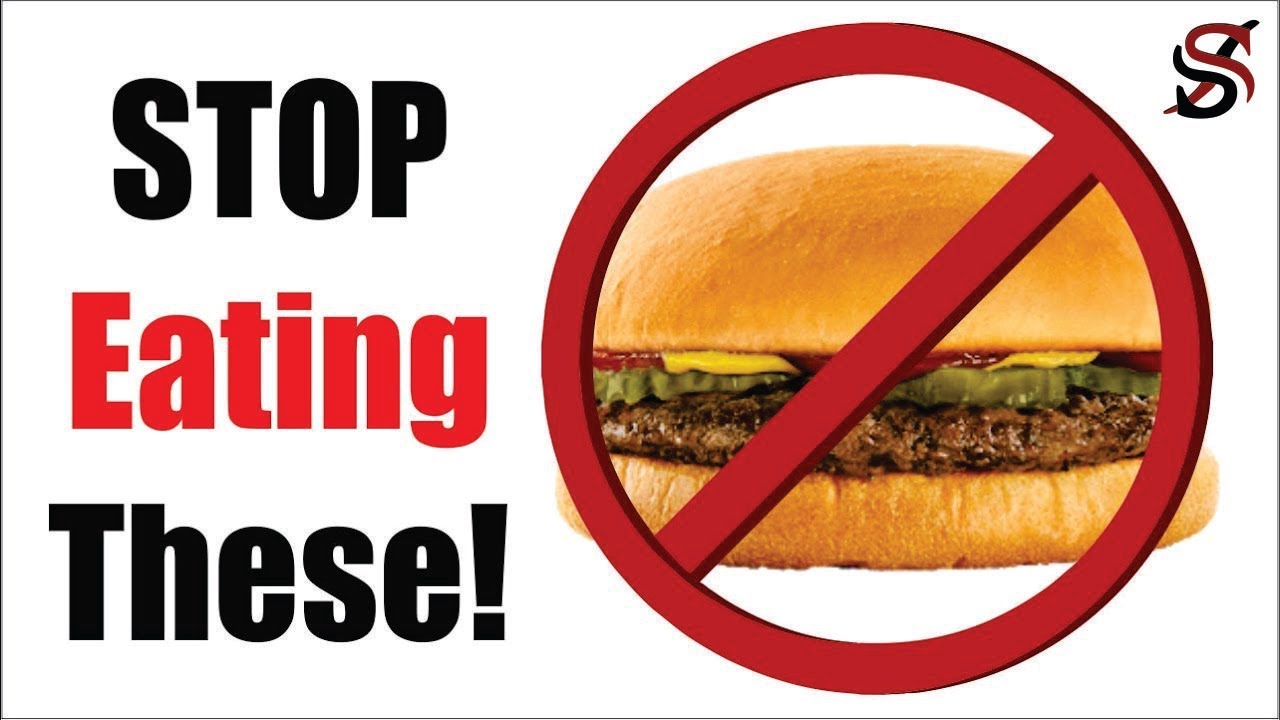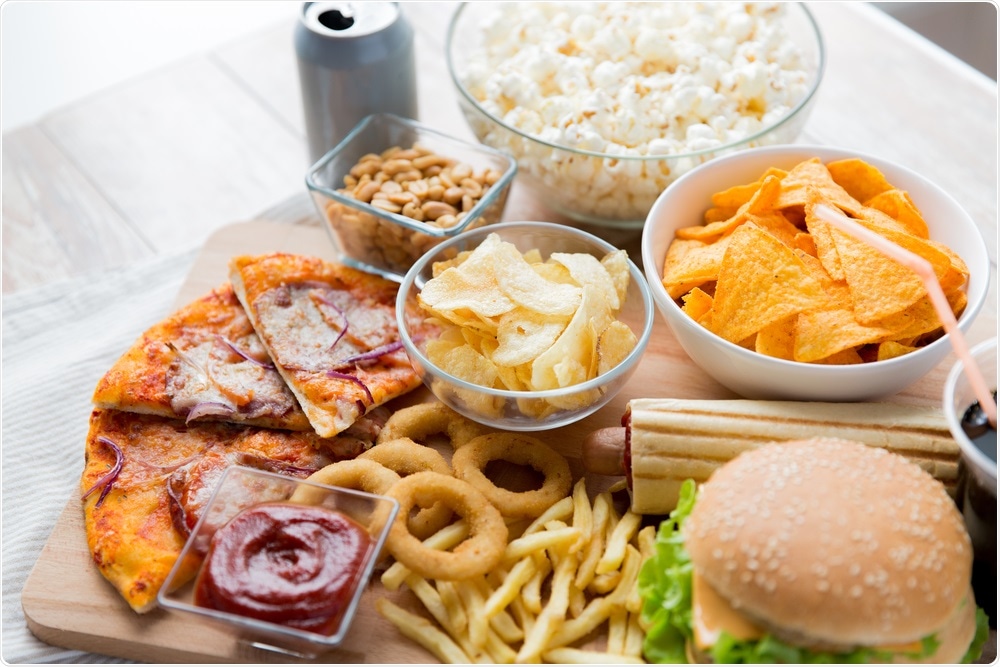
The Whole30 diet is an effective way to reset your metabolism. It also cleanses your digestive system. You won't have the option to eat fast food or junk food. Additionally, you will have to stay away from soy and dairy. However, you can still eat plenty vegetables and fruits which can be an excellent alternative to fast food. There are also recipes for healthy snacks. These tasty and nutritious treats are easy to make without sacrificing the flavor you love.
The Whole30 diet allows for you to eat different types of fruits, vegetables, and fats. You don't need to eliminate all of these foods from the Whole30 diet, but you do have to be careful about which ones you avoid. You can find the list of forbidden and allowed foods on the website of the Whole30. You can also download the free chart. This means you can print it and stick it in your pocket or save it on your phone.
While you can't consume packaged foods, they can be purchased in any store that stocks them. Even though these foods technically comply with Whole30, the Whole30 list doesn't allow them. It encourages eating natural, unprocessed foods such as fruits, nuts and seeds. While you're eating more vegetables than ever, you won't be able to have as much processed meat, so make sure you check the labels carefully.

The whole 30 plan encourages more vegetables than you normally would. They are higher in nutrients and fiber. The Whole30 diet doesn't let you eat cowboy ribeyes for 30 days, and vegetables are a great source of fiber and minerals. Fruits contain a lot of natural sugar, so it's important to not make fruit a regular part of your daily diet. Many people don't realize they are eating too much sugar.
The whole30 diet allows you to eat all vegetables, but not potatoes. Although you can eat fruit and vegetables with no restrictions, it is important to avoid eating too much processed cheese and red meat. These triggers are often associated with bloating. These items will need to be bought from a grocery that carries them.
Fish and eggs are two other Whole30-friendly foods. You can add them to stir-fries and salads, but you will need to be very careful not to eat too much of them. If you choose the right foods, you can still enjoy them in moderation. And while you may not be able to enjoy chocolate, you can eat carrots and almond butter. You can also use almond butter or vegetable juice in moderation.
Although Whole30 is not for everyone, it can be a great way to cleanse your body and lose weight. It can also help you eat healthier and feel better. There are a few things you need to know before you try it. Try to eat as many of the foods you don't know as much as possible.

Bananas and plantains can be fried in coconut oil. These are both foods that are permitted on Whole30. Coconut oil can be used to fry plantains and bananas, but avoid overripe bananas. Avocados are also a staple of the Whole30 diet, and they will help you control your cravings. It's best to stick to it for a few weeks to see the benefits of the Whole30 diet.
The Whole30 diet is a great way to get rid of bad eating habits. You can avoid sugar and processed food. Focusing on whole, unprocessed food is the best way to make your body feel good. Whole30 doesn't require that you count calories, weigh yourself, or measure portions. Whole30 doesn't require you to live a traditional lifestyle. But you must make sure that you don't have any side effects while you're on the diet.
FAQ
Is being cold good for your immune system.
Cold makes you weaker because you have less white blood cells to fight infection. However, being cold also makes you feel better because your body releases endorphins into your brain which reduce pain.
What are 10 healthy habits you can adopt?
-
Get breakfast every morning.
-
Don't skip meals.
-
Maintain a balanced diet.
-
Drink plenty of water
-
Take good care of your body.
-
Get enough sleep.
-
Stay away from junk foods.
-
Do some type of exercise daily.
-
Have fun
-
Make new friends.
What is the difference between a calorie or a kilocalorie.
Calories refer to units that are used for measuring the energy in food. A calorie is a unit of measure. One calorie equals one degree Celsius of energy to raise water temperature by 1 gram.
Kilocalories are another term for calories. Kilocalories equal one thousandth of a calorie. For example, 1000 calories equals one kilocalorie.
What should my diet consist of?
Take in lots of fruits and veggies. They contain vitamins and minerals which help keep your immune system strong. Also, fruits and vegetables are rich in fiber. This makes them filling as well as helping with digestion. You should eat at least five servings per day of fruit or veg.
Drink plenty of water. Water helps flush toxins out of your body and makes you feel fuller between meals. Drink about eight glasses each day.
Eat whole grains instead of refined ones. Whole grains retain all nutrients including B vitamins, iron and zinc as well as calcium, magnesium, calcium, protein, and magnesium. Refined grains are stripped of some of their nutritional value.
Avoid sugary beverages. Sugary drinks are full of empty calories and lead to obesity. Instead, opt for water, milk, or unsweetened tea.
Avoid fast food. Fast food has very little nutritional value. It may taste great but it won't give you the energy you need to function properly. Instead, stick to healthier options such salads and soups as well sandwiches and pasta.
Reduce your alcohol intake. Alcohol is a poor nutrient and has empty calories. Limit your consumption to no more than 2 alcoholic beverages per week
Reduce your consumption of red meat. Red meats have high levels of cholesterol and saturated fat. Opt for lean cuts of beef, pork, lamb, chicken, fish, and turkey instead.
Statistics
- The Dietary Guidelines for Americans recommend keeping added sugar intake below 10% of your daily calorie intake, while the World Health Organization recommends slashing added sugars to 5% or less of your daily calories for optimal health (59Trusted (healthline.com)
- WHO recommends consuming less than 5% of total energy intake for additional health benefits. (who.int)
- According to the Physical Activity Guidelines for Americans, we should strive for at least 150 minutes of moderate intensity activity each week (54Trusted Source Smoking, harmful use of drugs, and alcohol abuse can all seriously negatively affect your health. (healthline.com)
- nutrients.[17]X Research sourceWhole grains to try include: 100% whole wheat pasta and bread, brown rice, whole grain oats, farro, millet, quinoa, and barley. (wikihow.com)
External Links
How To
What does the meaning of "vitamin?"
Vitamins are organic compounds that can be found in foods. Vitamins are essential for our bodies to absorb nutrients from the foods we eat. Vitamins are not made by the body, so they must be obtained through food.
There are two types of vitamins: water soluble and fat soluble. Water-soluble vitamins dissolve readily in water. These include vitamin C (thiamine), Vitamin B1 (riboflavin), Vitamin B2 (riboflavin), Vitamin B3 (niacin), Vitamin B6 (pyridoxine), Vitamin C, B1 (thiamine), Vitamin B2 (riboflavin), Vitamin B3 (niacin), and Vitamin B6 (pyridoxine). Fat-soluble vitamins are stored in the liver, fatty tissue and kidneys. You can find vitamin D, E K, A, beta carotene, and other fat-soluble vitamins.
Vitamins can be classified according to biological activity. There are eight major categories of vitamins.
-
A - essential for normal growth and maintenance of health.
-
C – essential for proper nerve function.
-
D - Vital for healthy bones and teeth
-
E is required for good vision and reproduction.
-
K - essential for healthy muscles, nerves, and bones.
-
P - Vital for strong bones and teeth.
-
Q – aids digestion of iron and iron absorption
-
R is required for the production of red blood cells.
The recommended daily allowance (RDA) of vitamins varies depending on age, gender, and physical condition. RDA values are set by the U.S. Food and Drug Administration (FDA).
For adults 19 years and over, the RDA of vitamin A is 400mg per day. For fetal development, pregnant women need 600 mg per day. Children ages 1-8 require 900 micrograms per day. Children under 1 year old require 700 micrograms daily, while infants over one year old need 500 micrograms every day. This decreases between 9 and 12 months.
Children between the ages of 1-18 need 800 micrograms per daily for obesity, while children overweight require 1000 micrograms. Children underweight or obese will need 1200 mg per day.
Children aged 4-8 years old who have been diagnosed as having anemia require 2200 micrograms of vitamin C per day.
2000 micrograms is the minimum daily intake for adults over 50 years old to maintain good health. Because of their higher nutrient needs, women who are pregnant or nursing need 3000 mg per day.
1500 micrograms are required daily by adults over 70 because they lose approximately 10% of their muscle each decade.
Women who are pregnant or lactating need more than the RDA. Pregnant women need 4000 micrograms per dayduring pregnancy and 2500 micrograms per day after delivery. Breastfeeding moms need 5000 micrograms each day when breastmilk production occurs.